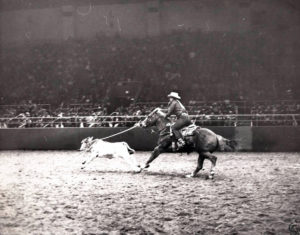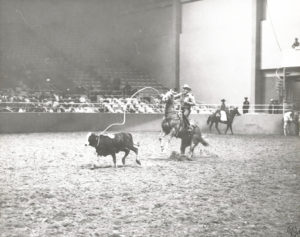Country Lifestyles
June 2017 Profile – A tribute to Bobby Seals: For the Love of Roping

By Jessica Crabtree
A lifetime passes by faster than most want to admit, especially if you live your life for few second runs. All athletes, even in rodeo, become captivated to their sport, something they desire to do over and over. Becoming the fiercest of competitors doesn’t happen over night. It comes with years of practice and experience.
Bobby Seals lived life, really enjoyed his life, on the back of a horse behind a steer. His passion, enjoyment and love language was roping. Throughout his 70 years on earth, he never missed an opportunity to expand on that love, whether through a kid needing lessons, offering help to his grandchildren or even educating men in another country.
His career in rodeo brought him countless titles, buckles, saddles, trinkets and more; however, he didn’t care about the materialistic things. He only cared to be on a good, fast horse with a rope in his hand perfecting his sports, calf roping and team roping.
Seals was raised on a farm west of Ponder, Texas, with a brother and two loving and nurturing parents. Living in rural Ponder and growing up in the ’50s, rodeo was a favorite pastime, a way of life. In the Denton Record Chronicle from August 1990, Seals was quoted as saying, “I just begged Dad to take me to the rodeo. He finally let me go. I won a pick-up. He thought I was crazy!” Seals explained how he nervously asked his father to compete in his first rodeo at the age of 20 in 1952.
Starting out around Denton County, Seals competed in various rodeo events like most, even rough stock until he found his niche. Don McLaughlin, a friend of Seals’ offered advice and helped the young cowboy refine his skill in calf roping. It soon became his event of expertise.
The ’50s and ’60s were filled with rodeo after rodeo, mile after mile for Seals as he traveled all over the states competing in calf roping and occasionally steer wrestling and team roping. Article after article reveal Seals’ fast times, which left him typically in the top three per rodeo.
To read more pick up a copy of the June 2017 NTFR issue. To subscribe call 940-872-5922.
Country Lifestyles
While We Were Sleeping
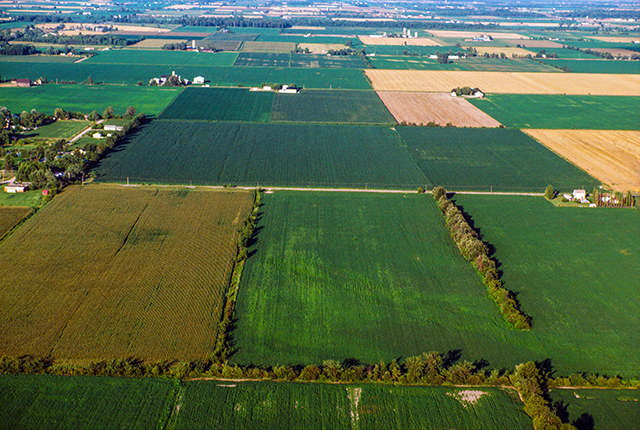
By Martha Crump
That old adage, “What you don’t know won’t hurt you.,” may have some basis in truth when applied to minor situations. However, when what you don’t know is presented in the form of a “Trojan Horse” and is what amounts to an incredible attempt to fleece American property rights, it becomes a different story altogether.
To put this unbelievable tale together, we need to step back to Joe Biden’s 2021 Executive Order which pledged commitment to help restore balance on public lands and waters, to create jobs, and to provide a path to align the management of America’s public lands and waters with our nation’s climate, conservation, and clean energy goals.
To read more, pick up a copy of the April issue of NTFR magazine. To subscribe by mail, call 940-872-5922.
Country Lifestyles
Lacey’s Pantry: Strawberry Sorbet
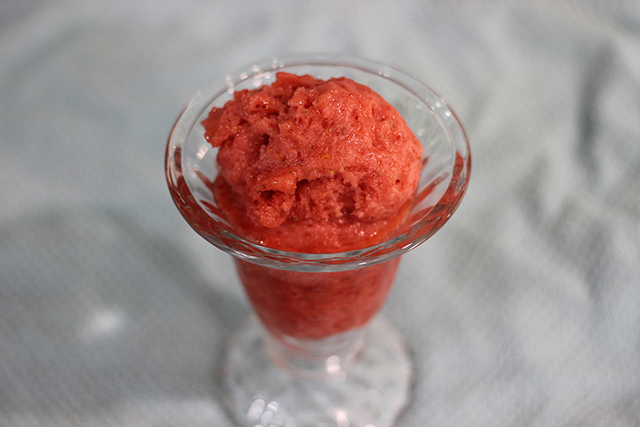
By Lacey Vilhauer
Ingredients:
1 whole lemon, seeded and roughly chopped
2 cups sugar
2 pounds strawberries, hulled
Juice of 1 to 2 lemons
¼ cup water
Directions:
Place the chopped lemon and sugar in a food processor and pulse until combined. Transfer to a large bowl. Puree the strawberries in a food processor and add to the lemon mixture along with juice of one lemon and water. Taste and add more juice as desired.
To read more, pick up a copy of the April issue of NTFR magazine. To subscribe by mail, call 940-872-5922.
Country Lifestyles
A Mountain Out of a Molehill
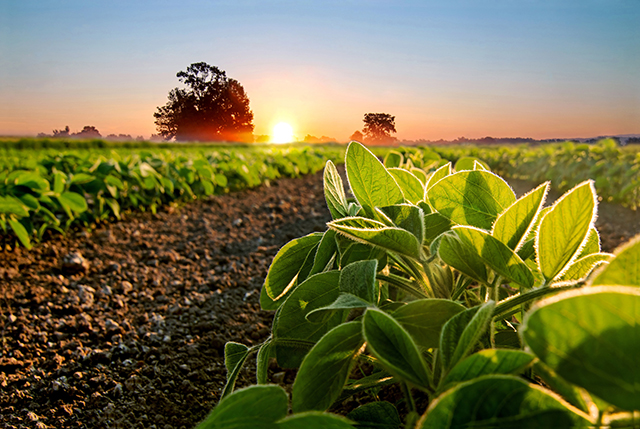
By Nicholas Waters
As winter plods along – come Spring and gopher mounds – homeowners and farmers find themselves playing a familiar song – fiddling while Rome is burning.
Let’s make a mountain out of a molehill. Those mounds on your lawn and pasture could be moles, but they’re more than likely gophers; Plains Pocket Gophers to be pragmatic – Geomys bursarius to be scientific.
These rodents dig and chew, and the damage they can do goes beyond the mounds we mow over. Iowa State University cited a study in Nebraska showing a 35 percent loss in irrigated alfalfa fields due to the presence of pocket gophers; the number jumped to 46 percent in decreased production of non-irrigated alfalfa fields.
The internet is replete with academic research from coast-to-coast on how to curtail gopher populations, or at least control them. Kansas State University – then called Kansas State Agricultural College – also published a book [Bulletin 152] in February 1908 focused exclusively on the pocket gopher.
To read more, pick up a copy of the April issue of NTFR magazine. To subscribe by mail, call 940-872-5922.
-

 Country Lifestyles1 year ago
Country Lifestyles1 year agoScott & Stacey Schumacher: A Growth Mindset
-

 Equine7 months ago
Equine7 months agoThe Will to Win
-

 Country Lifestyles7 years ago
Country Lifestyles7 years agoStyle Your Profile – What your style cowboy hat says about you and new trends in 2017
-

 Country Lifestyles4 years ago
Country Lifestyles4 years agoAmber Crawford, Breakaway Roper
-

 HOME7 years ago
HOME7 years agoGrazing North Texas – Wilman Lovegrass
-

 Country Lifestyles7 years ago
Country Lifestyles7 years agoDecember 2016 Profile, Rusty Riddle – The Riddle Way
-

 Country Lifestyles8 years ago
Country Lifestyles8 years agoJune 2016 Profile – The man behind the mic: Bob Tallman
-

 Outdoor9 years ago
Outdoor9 years agoButtercup or Primrose?

